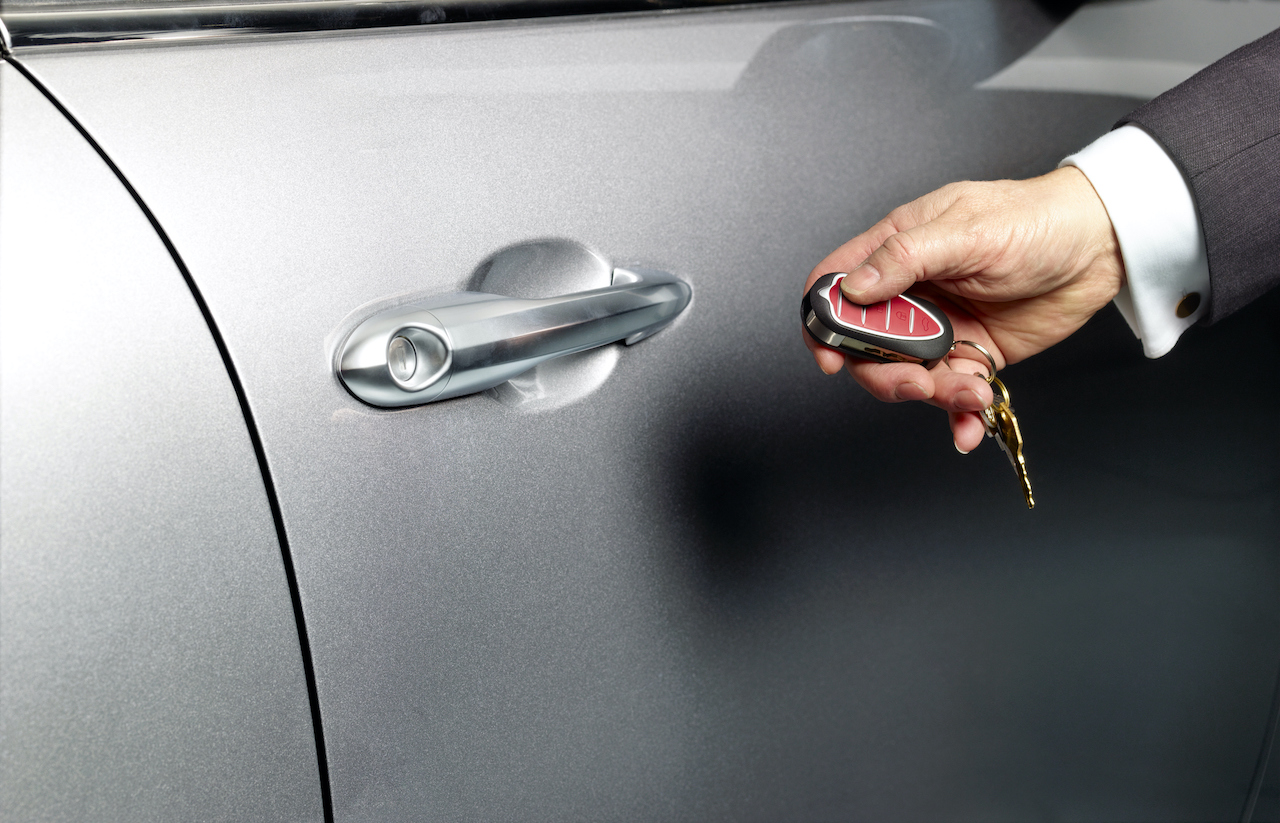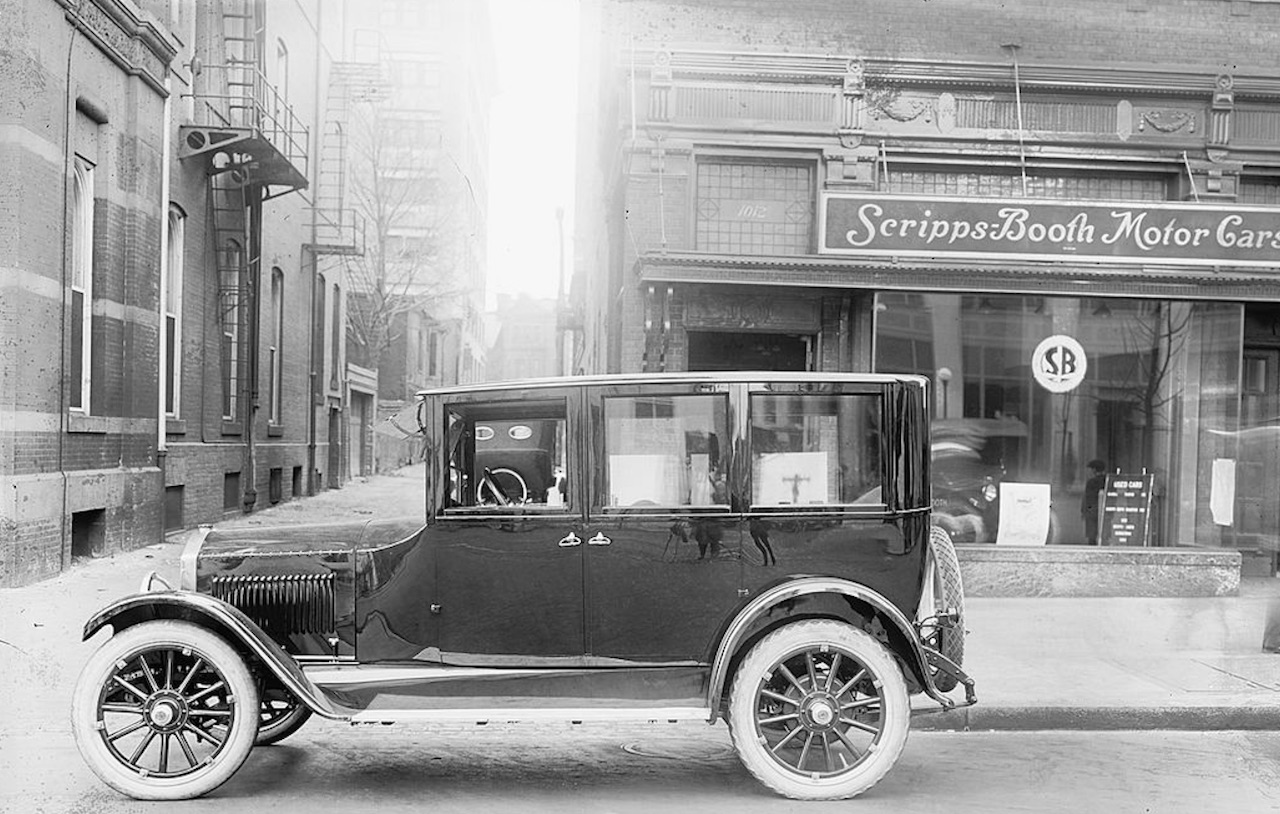Central locking: How cars' electrical door locking works
Electrical door locking is a crucial car security feature. But, how do cars' central locking systems work, and what are keyless and smartphone entry systems?

Central locking is an electrical door locking mechanism that enables drivers to secure every door in their vehicle from one device, usually an electric key fob. This system has been a crucial feature of car security for decades.
Today most central locking systems are simpler — you can unlock car doors remotely by pressing a button on a key fob, and you don’t have to put the key into the door at all. Most cars also have a separate button to unlock the boot.
Central locking and remote locking now form a commonplace, essential part of car design, and the industry has also moved beyond these with keyless technologies and smartphone processes.
Electronic and mechanical lock components
Keyless entry
Most new cars in 2022 use keyless entry systems rather than central locking — so drivers can unlock their car without pressing any buttons, according to the Institute of Electrical and Electronics Engineers (IEEE).
These keyless technologies rely on radio signals. On some cars, grabbing the door handle will prompt the vehicle to send out the signal and unlock the doors if the keys are near enough to intercept the radio waves. Other cars automatically broadcast signals so they can unlock without any driver intervention, and keyless door lock is increasingly common too.
Some cars have keyless entry for the boot, too — a sensor underneath the car’s bumper will automatically open the boot when it detects a foot's movement underneath it, according to Volvo — as long as the keyless fob is nearby.
The fanciest motors now have digital keys, such as Huawei's AITO M5 electric smart car, so you can unlock your car with your smartphone rather than the keyless fob. These systems use a combination of Bluetooth, Near Field Communication (NFC) and Ultra-Wideband wireless connectivity. This means you can drive your car without needing the keyless fob at all. It's another step towards the future — just like electric and hybrid cars.
Invention of central locking

U.S. automobile company Scripps-Booth produced the first car to feature central locking in 1914, according to Gauge magazine. Unlike today's cars, the first electrical door locking system could only lock and unlock the doors, not the boot or fuel cap. The vehicle was designed as a luxury, sporty car for American and European drivers, with its central locking creating ease in access and security.
Scripps-Booth's car innovated beyond its car locks, and was also the first car to feature a spare tyre, according to The Historical Marker Database. Scripps-Booth sold each car for $775 — the equivalent of $21,607 today.
However, central locking didn't catch on with car manufacturers straight away. The technology only next appeared on the Packard Clipper, which launched in Detroit in 1956. The world had to wait until 1982 for remote central locking to feature again, when the Renault Fuego was launched, according to Losange Magazine.
Companies experimented with different designs of car door locking systems. In 1980 the Ford Motor Company launched an external keyboard system and Nissan's 80s cars had a keypad that lowered the windows, according to the journal Contemporary Crises, . Other cars had features that enabled you to unlock the driver’s door by lifting the handle in a specific and previously programmed sequence.
Additional resources
For 8 quick tips about how to prevent keyless car theft, read this article from the Master Locksmiths Association (MLA). Additionally, you can learn more about the history of car locking systems by reading this timeline by the engineering and technology company Bosch.
Bibliography
"Auto theft and corporate irresponsibility". Contemporary Crises (1981).
"A protocol for a secure remote keyless entry system applicable in vehicles using symmetric-key cryptography". Institute of Electrical and Electronics Engineers (IEEE) (2017).
Sign up for the Live Science daily newsletter now
Get the world’s most fascinating discoveries delivered straight to your inbox.
Mike is a freelance technology journalist and consultant who is fascinated with gaming, futuristic technology and motorsport. Previously, Mike has worked as a writer for PC Pro magazine writing and published articles on technology for many other media outlets, including TechRadar, Wired, PC Advisor, Stuff, The Inquirer and Red Bull Gaming.











